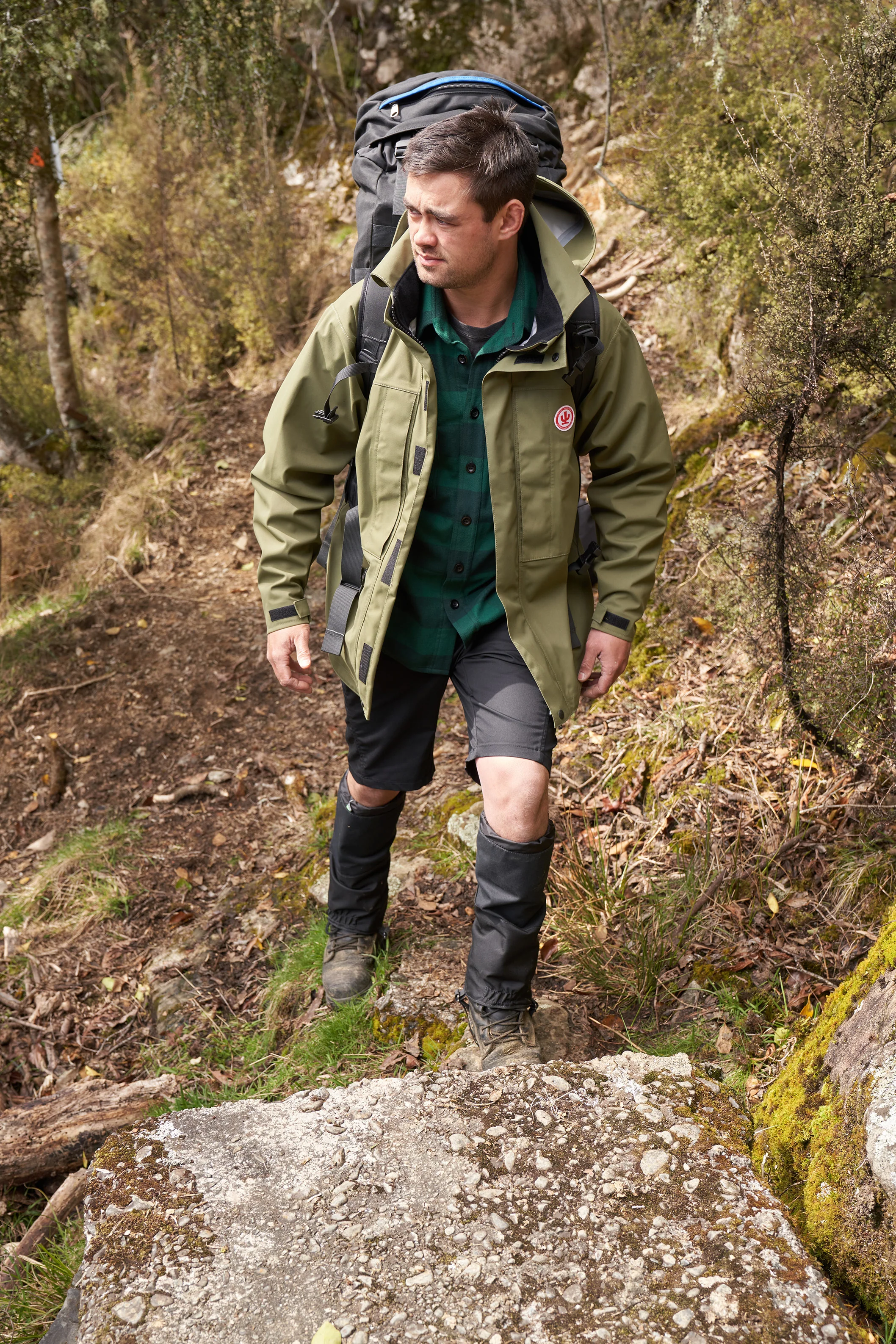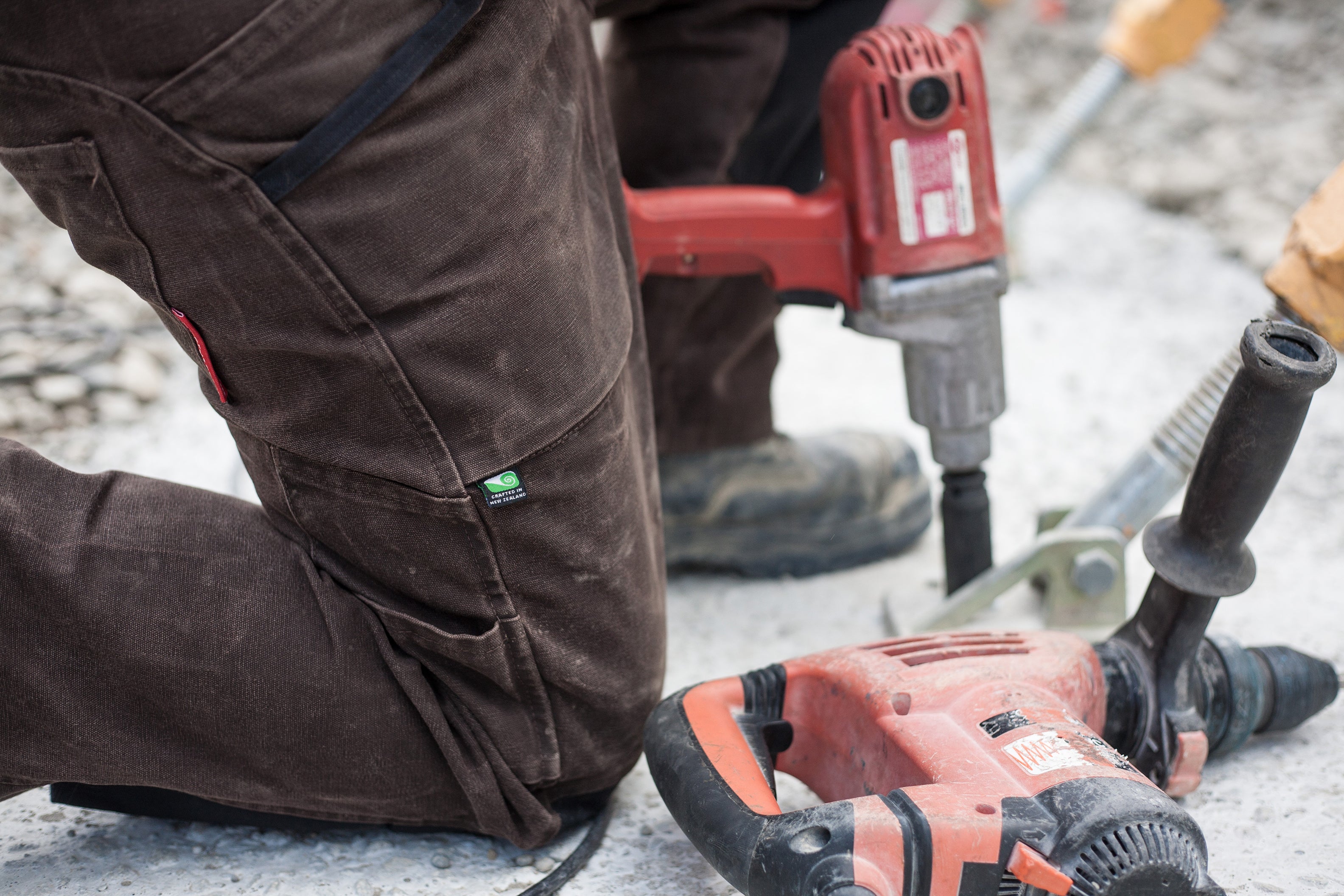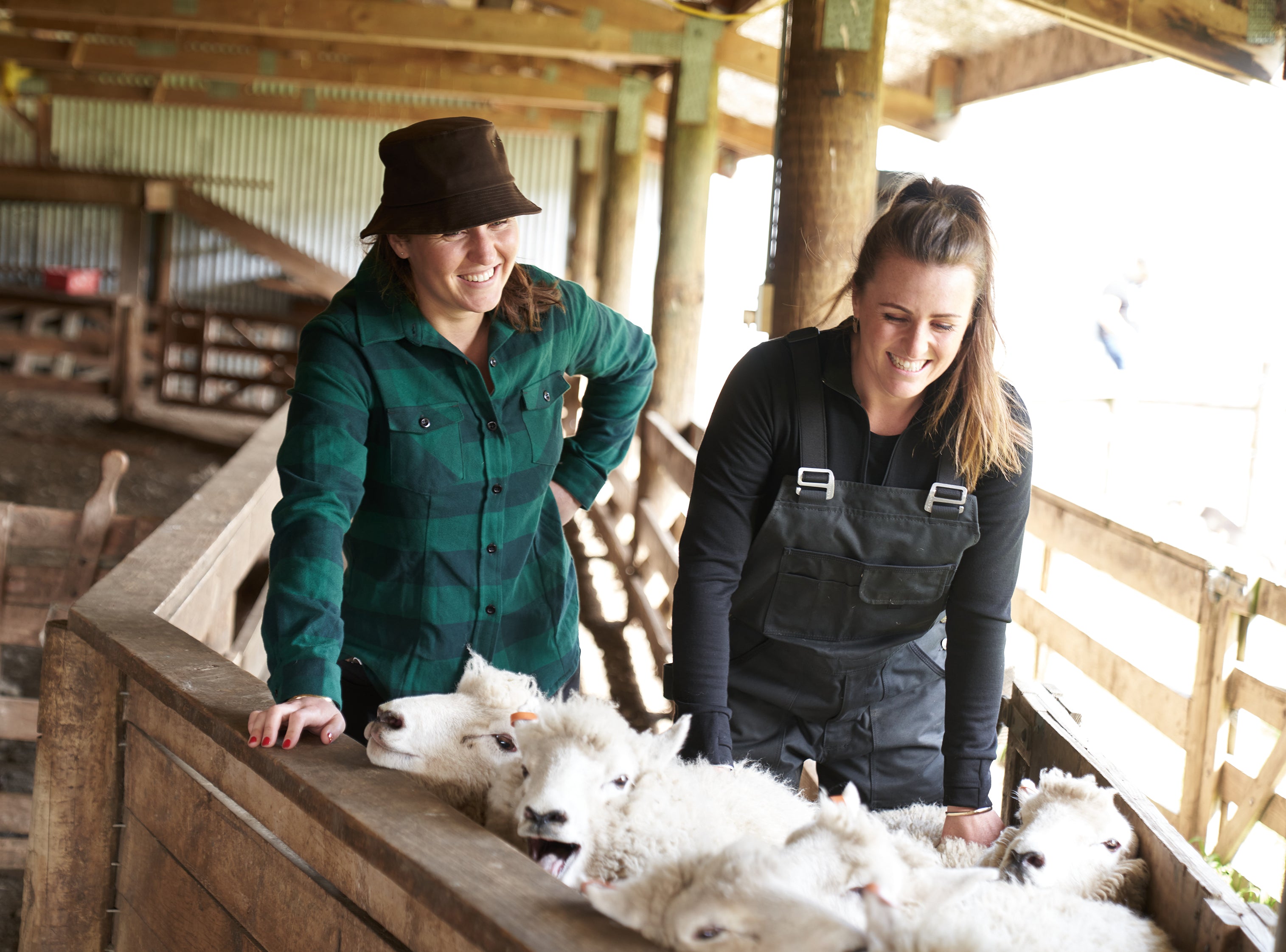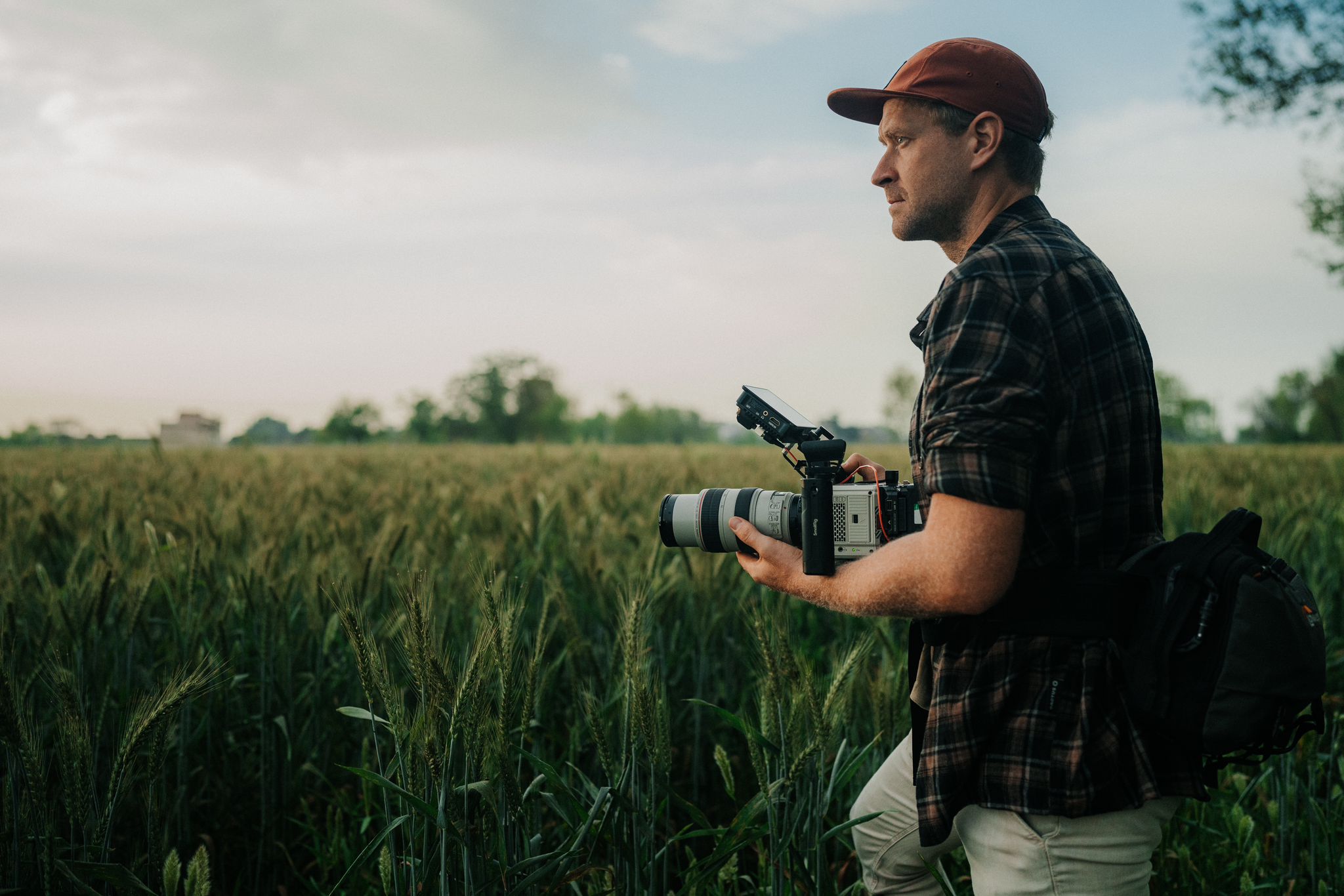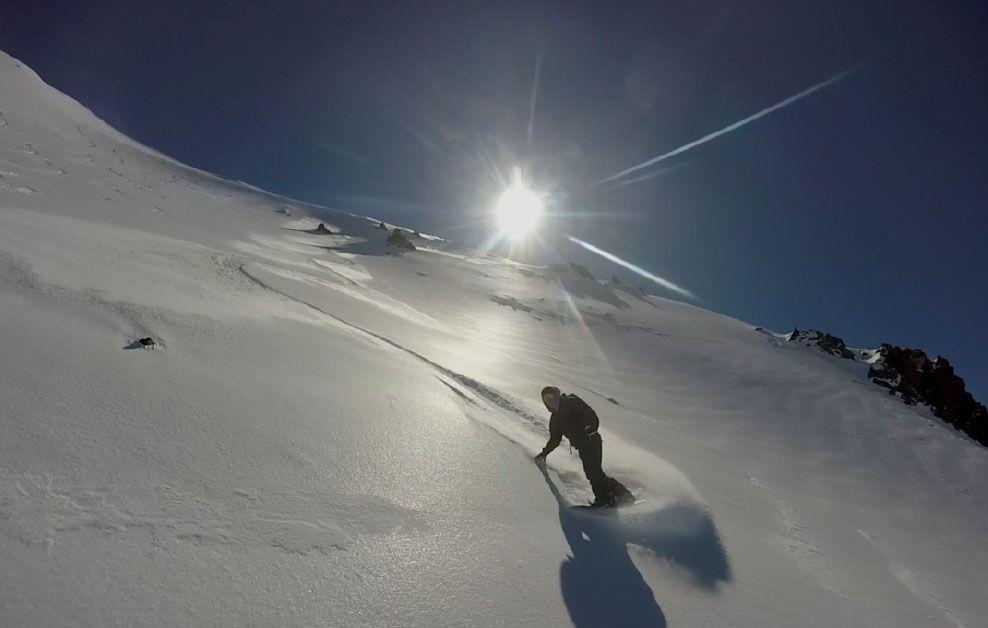Here's the winning entry from this years Splitfest creative writing competition. Worth popping the kettle on, making a cuppa and taking five minutes to enjoy the adventure:
CONFRONTING THE RESTLESSNESS
A trip up, and down, Mt Enys by Evan Fenstermaker
Mountains are monuments to our Earth’s restlessness. Their very existence is a result of the primal forces of motion and resistance that force two vast plates to seek dominance against each other’s edges. This struggle buckles the very stone beneath our feet and sends it jutting skywards many thousands of meters. And perhaps this innate restlessness that defines a mountain range is also what drives us small and simple humans into the backcountry to summit and ski these same masses of stone and snow. Not everyone feels this pull, this magnetism, this gravitational attraction to the allure of the backcountry, but those who do feel it strongly. That distant peak that seems to expand until it is all we can see or think about, that valley dressed in the white of fresh, untracked snow, that chute that taunts from afar—this is the curse and the gift of the backcountry. For once you’ve sampled it you’re forever restless. Forces deep within you will nudge and push and grind at you until you pack your bag, strap on your skis or board, and head back out into the wilderness. In the backcountry, we seek to find that feeling of ecstasy that halts the restlessness for the briefest of moments and sends our minds and souls soaring higher even than the mountains in which we lose ourselves. This moment is what I come to the mountains, to the backcountry, to find. And it is that search, that goal to quiet the restlessness, which brought me to the top of Porters Ski Field one morning in late September to summit and ski Mt. Enys, the highest mountain in the Craigieburn Range.
My friend Alex, a snowboarder, accompanied me, and together we set off on the climb up to Allison’s Peak, which marks the end of the patrolled zone of Porters Ski Field. Standing on top of Allison’s, we had a good view out across the Canterbury Plains in one direction and, looking back, the rich blue hue of Lake Coleridge lying within a valley surrounded by tall and snowy peaks. Ahead of us, past a sign that signalled the start of the backcountry, Mt. Enys punctured the soft blue of the sky with its triangular peak. A traverse across thin, rocky ridgelines awaited us, and so we pressed on, descending down Allison’s to the thin band of rock above Crystal Valley.
The hike out to the ridgeline up Mt. Enys itself takes about three hours. There are several short, but stiff, climbs along the way, the steepest of which is up North Peak on the Northside of Crystal Valley. North Peak required some rock scrambling, and I was glad I’d brought my snow boots as I navigated the scree and loose boulders that comprised the route up to the summit. Once we’d gained the flat, snowy ridge beyond North peak it was an easy walk over to the saddle below the ridgeline up the East face of Mt. Enys. Here Alex and I took a short rest to rehydrate and snack on some Hungarian peppered sausage and cheese. The sun was a blazing orb hovering nearly directly overhead by now, and so I shed a couple of layers for the final push up the side of Mt. Enys. Here the snow was deeper, and with each step, I sunk midway up my shin in the powder. The final ridge isn’t very long, but it is steep, and I was winded by the time I reached the false peak at the top. From there it is a gradual climb up the last fifty meters or so to the trig that marks the summit. I made it up first and Alex soon followed and together we surveyed the view.
To one side the ridgeline continued down into more snowy peaks in the direction of Mt. Olympus. Looking back in the direction from which we’d come, the side of Enys dropped off steeply to a rocky valley and then to the deep, arresting blue of Lake Coleridge. In the direction of Mt. Cook rose the Arrow Smith Mountains and, to the East, lay the face of Mt. Enys we were soon to ride. Beyond it, the Torlesse Mountain Range formed a jagged rampart against the blue-tinged Canterbury Plains, and way off in the distance we could see the haze of the Port Hills and Banks Peninsula rising above Christchurch.
Standing atop a mountain like Mt. Enys, I am always filled with a dizzying contradiction of contentment and excitement. On one level, I am satisfied with my achieving of the summit, but on the other, I can’t wait for the next step—in this case, the skiing back down. This duality manifests itself in moments of tranquil, warming calm that soon give way to toe-tapping restlessness to get the journey underway again. I often have to force myself to take a breath or two and relax—to enjoy the moment and soak it all in. Here on Enys, I slowed myself down enough to eat my lunch of rice, beans and scrambled egg in a spicy Thai chilli sauce and admire the view a little more. But soon I couldn’t stand the waiting any longer. I buckled up my ski boots, chucked my snow boots in my pack, and clicked into my ski bindings. I stood at the summit of Enys and gazed down at the expanse of smooth, white powder unbroken by previous tracks—a great, frozen medium on which I would leave my story that afternoon. I high-fived Alex, lowered my goggles into place, and dropped in.
And there it was—that elusive feeling of completely losing myself in the moment. For the duration of my run down through the spring powder on Mt. Enys, the restlessness vanished. All that mattered was the vault of the blue sky high above, and the wide sweep of sparkling white under my skis. My hips and knees sent my skis gliding from side to side, and my arms punctured the snow with my poles at the terminus of each turn and sent me shifting away in the opposite direction. When I’d reached the saddle below the Enys ridge I stopped to watch Alex’s run. He came down a bit to the left of my tracks, spraying a glorious wave of powder with each wide turn of his board, his hands wide for balance and his fingers caressing the snow as he leaned into the slope. His face was all smiles and goggles when he came sliding up next to me, and I knew that he too felt the pure and elusive elation that comes from carving through the untracked expanse of the backcountry.
We continued our descent down in the direction of the Torlesse Range. We crossed through a small gully and then had to traverse across a short rocky section before we came out into a wide valley covered in beautiful spring snow. The snow basin was so long that we had to rest several times on our way down to the bottom. At the end of the valley, the snow gradually bled into piles of scree and small tussocks. We followed increasingly narrow lines of white amongst the rock until finally, we had to stop, remove our equipment, and begin the long hike back out.
I kept stealing glances over my shoulder as we descended the scree slopes toward a small stream separating the valley from the arid, tussock-clad hills of the lower elevations. Mt. Enys was no longer visible, hidden from view behind the gully and saddle through which we’d skied, but the large snow basin remained in sight for a long time. Surveying wild and inaccessible terrain, and knowing you’ve been there, is another aspect I love about going backcountry. I always feel a swelling of pride in my chest when I view a mountain peak, or a deep, remote valley, and think back to when I stood atop or wandered within it. Just seeing these places brings back all the memories of the adventure, and it never fails to fill me with those maddening, bi-polar feelings of both gentle satisfaction, and restless energy to go back and do it all again.
The hike back out from Mt. Enys is rather notorious. It involves a fair bit of bushwhacking through tussock lands and a river crossing or two. It isn’t too bad if you do it right—which means following a fence line found at the top of a high hill dotted in small pine trees—but if you stray from the fence and venture into the depths of the gullies and drainages leading down to the Porters River, then the hike quickly turns frustrating and exhausting. As this was my first time hiking out from Mt. Enys, I wasn’t quite sure of the correct route, and against my better judgment, I left the fence line behind and followed Alex down a gully on what looked like a reasonably straightforward route.
Straightforward, we soon learned, was not a good label for the path we took. Although the lime quarry along the access road up to Porters (our end goal) was visible, the gully we chose to navigate quickly turned wet, steep and overgrown. Since hindsight is 20/20, it makes sense that the thickest and highest bush would choose to grow in the drainages, close to a healthy and readily available supply of water, but at the time we failed to take note of this fact as we headed deeper and deeper into the abyss. Soon we were battling head high matagouri thorn bushes and other shrubs that caught at our packs and equipment and barred our way. It was hot down in the lowlands, but we didn’t dare to shed our layers or gloves for fear of the vicious matagouri thorns and scratchy tussocks. Eventually, we were forced to take the only path left available to us—the stream in the middle of the gully. Here the footing was slick and unstable, and as we continued ever downward the river deepened until our feet, and a good bit of our pants, were soaked.
When at last we made it out of the gully, stone-hopped across the Porters River, and clambered up out of the canyon and onto the flat, dry ground beside the quarry, several hours had passed since we’d come to the end of the snow in the basin below Enys. We were exhausted, wet and a little scratched up, but we were happy. When in the backcountry, I find that you have to expect to get lost. True, getting lost need not always be a part of the adventure, but it isn’t the end of the world to lose your way a bit. Alex and I shared a beer or two at the quarry as the sun begin to slip down behind distant peaks, and we watched the white of the large snow basin we’d explored darken and fall to shadow. Then we shook hands, hefted our packs once more, and parted ways.
Back at my house in Springfield, I reclined in my favourite armchair and watched the flames eat at a macrocarpa log in the woodstove. I was fed, showered and relaxed. The flames worked their way steadily through the wood until it was covered in white scales and then, finally, just a pile of orange-black coals. The restlessness within me had been quelled, if only for a day. My time in the mountains was an epic adventure, but it also meant more to me than just that. It would prove to be the last great backcountry mission I’d have in New Zealand. Viewed through this lens, the whole day took on greater meaning—the journey crystalizing until it was laden with significance. And this is the way with the backcountry. The journeys we take, the tracks we cut, are never just about skiing, riding or hiking. In this caffeinated and information-overloaded world, where every possible question has an instant answer, it is more important than ever to lose yourself in the wilderness. It is crucial to seek out the answers to questions that aren’t so easily answered and to confront that restlessness head-on in a landscape that is as changeable and beautiful as the human soul itself. The backcountry is as much a journey into oneself as it is a trip over rock, stone and stream. It is a place where the longings of the heart and the troubles of the mind can be lost, if only for a moment, in the vast valleys and piercing peaks that make up the great, untracked open spaces of this world. This is the simplicity and great mystery of the backcountry as I see it, and this is why I will always return.

Above: view from the summit of Mt. Enys looking toward Mt. Olympus.
